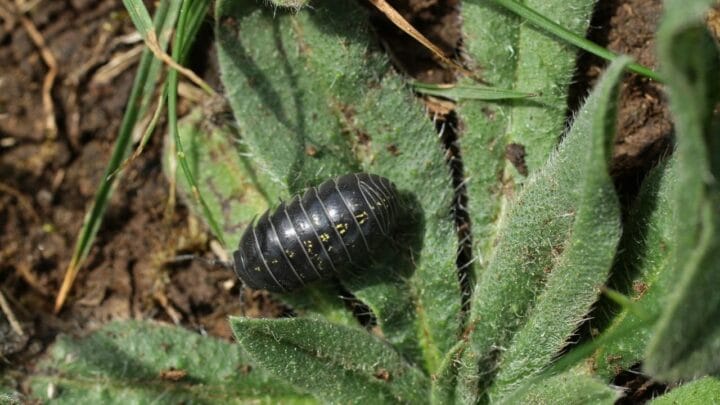The isopods collectively belong to various feeding niches, including detritivores, browsers, carnivores, parasites, and filter feeders, including predators and scavengers.
But, are you curious as to what kinds of food these little creatures can eat? What more, can isopods eat apples as well?
If you’re too curious to find out, then better continue reading below.
Can isopods eat apples?
Unknown to most people, plant-based food is the best food for isopods. Thus, it’s safe to say that apples can be part of these crustaceans’ diet. So apple is just another happy treat for these little beings in addition to bananas or other vegetables.
What do isopods love to eat – Find out here
When you look at isopods’ natural food sources, you’ll notice that they mostly eat whatever comes their way. This is because they are not hunters but feed on anything that suits tier nutritional needs.
For example, their high calcium requirement is met by eating various types of stones and dead insects. Else, they are just prey for other animals.
Isopods are an ideal food for those animals due to the high calcium content of their exoskeleton.
Talking specifically about land isopods, they are herbivores, scavengers, and omnivores. Common foods include decaying plants, such as rotting wood and fungi.
Pillbugs mostly eat decomposing vegetation in the wild. This may include weeds, fruits, plants, vegetables, and grasses.
You can feed pill bugs raised in captivity the following: carrots, apples, lettuces, wild leaf litter, and even fish flakes.
In short, plant-based food is the simplest and most significant source of nutrition for isopods.
However, isopods also consume wood, decaying plant material, fecal matter, and even dead feeder insects.
Before the isopod hype in the consumer market, isopods were primarily used as clean-up crews for various types of reptile terrariums.
Reptile keepers made sure that their efforts would positively impact the artificial biological system in a terrarium.
They saw excellent results because the tiny isopods are extremely hardworking for clearing up organic waste, mold, or other types of dirt.
Isopods have become much more special to some of us in recent years. They are no longer used just to feed other animals or clean up their mess.
Nowadays, they are frequently kept in separate tanks, and many keepers are unsure what to feed them in addition to essential foods like fallen leaves, dead food, or cuttlebone.
What to feed isopods living in terrariums
Nature should always inspire you as you organize your terrarium. If you want to keep your isopods healthy, you should prioritize feeding them with plant-based foods.
Offering them dead wood, various vegetables like carrots or zucchini, and fallen leaves are great examples as well.
In addition, you can occasionally provide them with a substitute for the dead insects that they eat in nature.
Also, since isopods gills dry very quickly, examining them through a magnifying glass with any damp towel or seldom moistening the substrate can kill them.
In short, feed them fish food flakes, leaf litter, raw potato, or carrot chunks. Remove moldy food as soon as possible.
Some researches suggest that isopods grow up sufficiently when we give them supplements that consist of bran and gelatin.
Other foods that have been confirmed to give isopods good growth are cellulose content. Researches have shown that dead leaves alone provided enough nutritional content for isopods to grow ideally.


